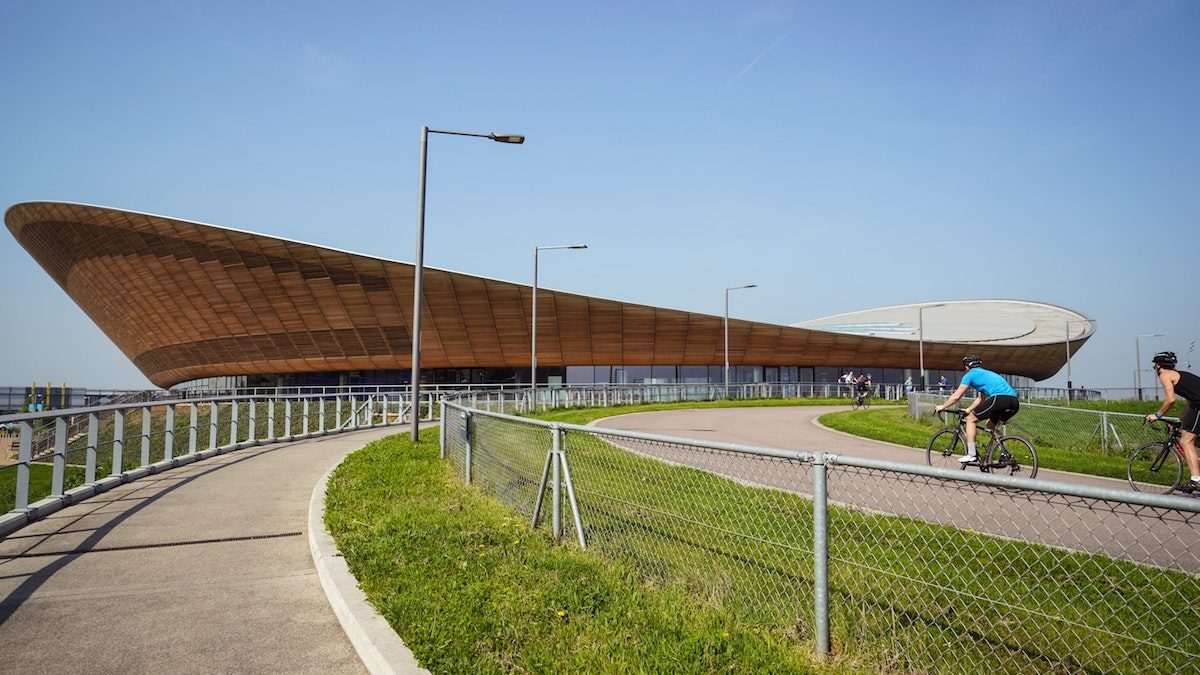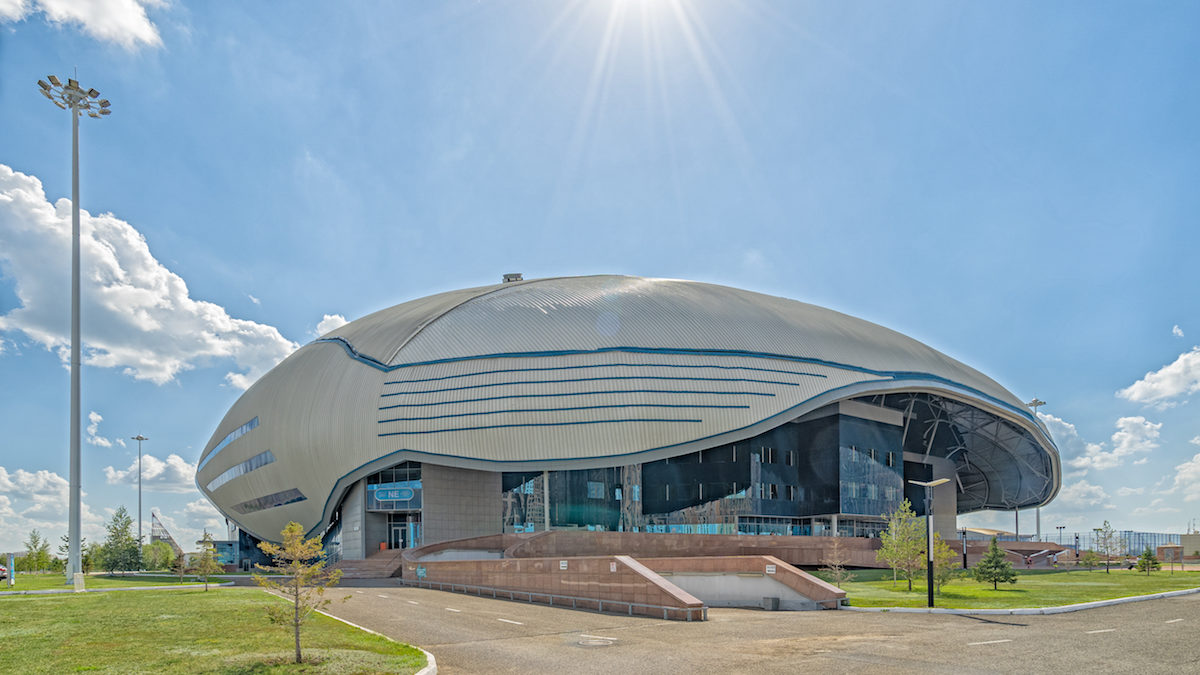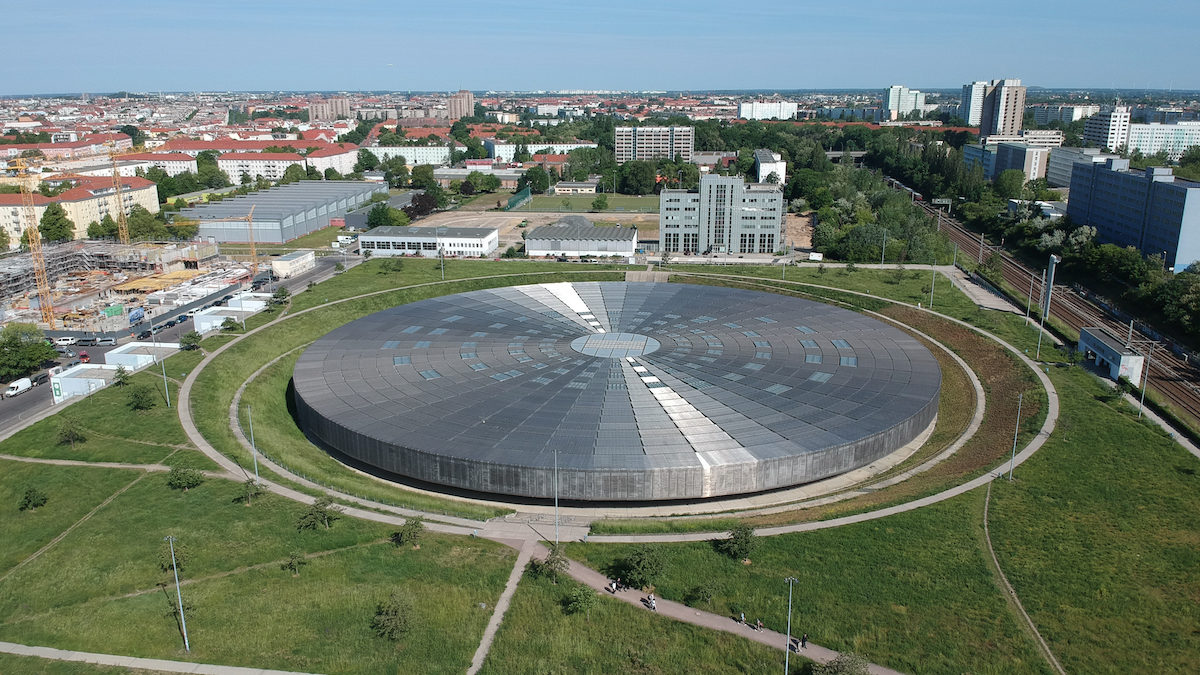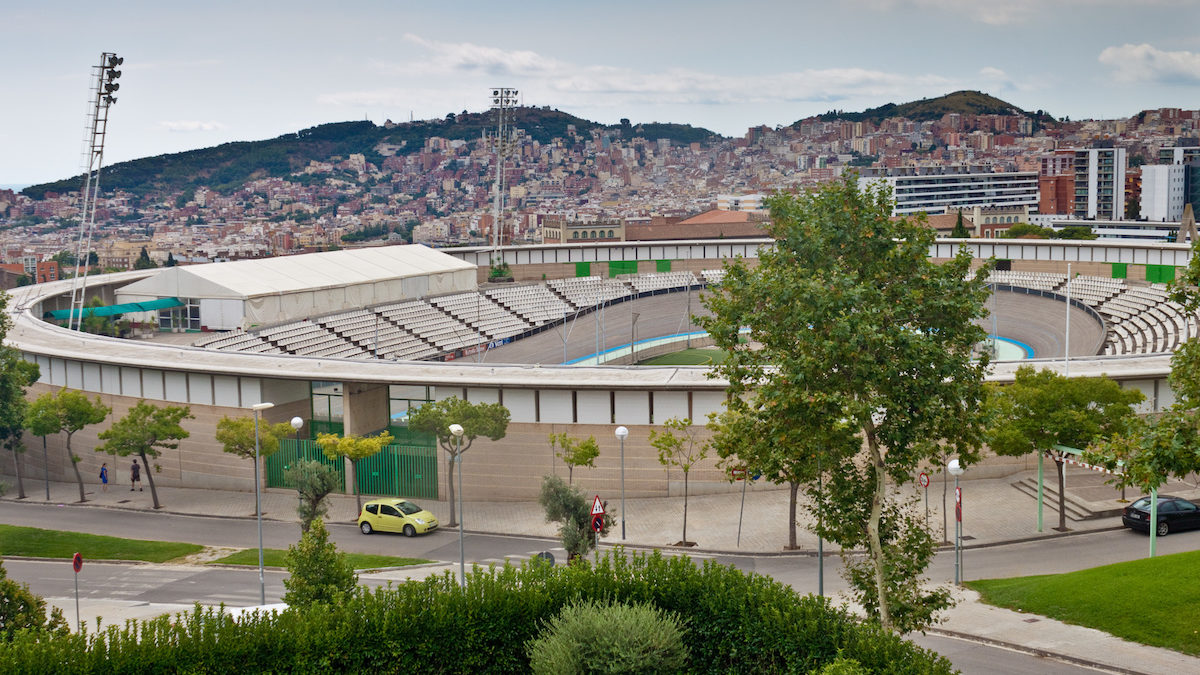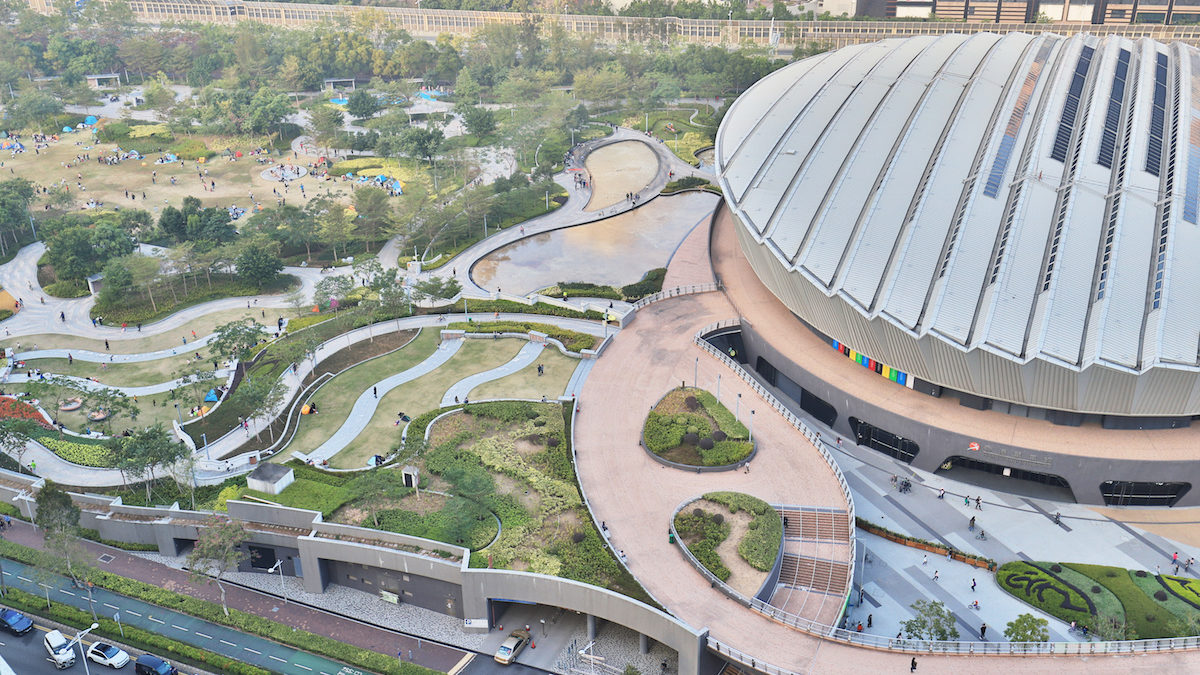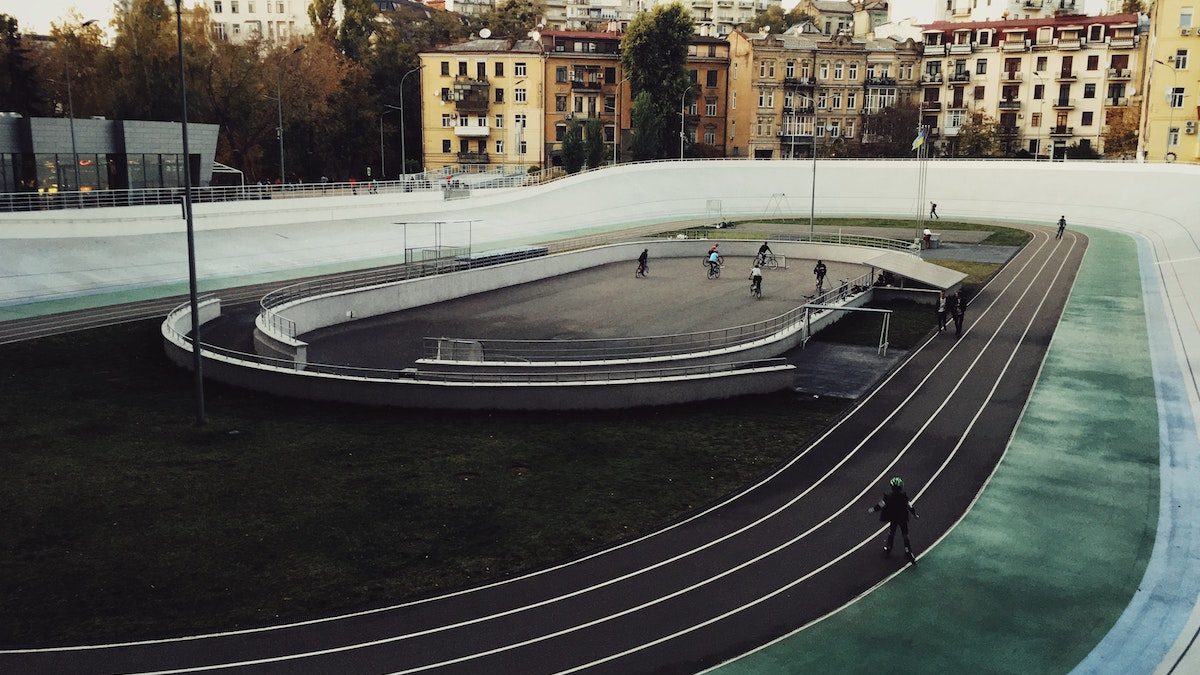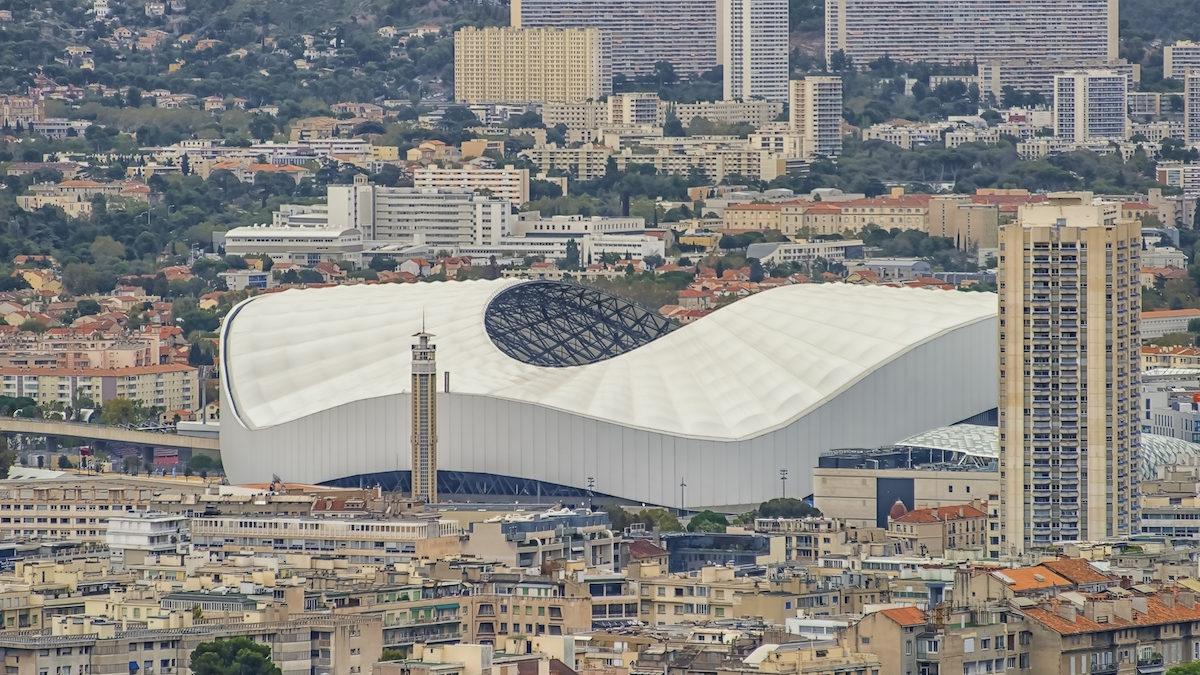From London to Kazakhstan, These Are the Finest Cycling Velodromes in the World
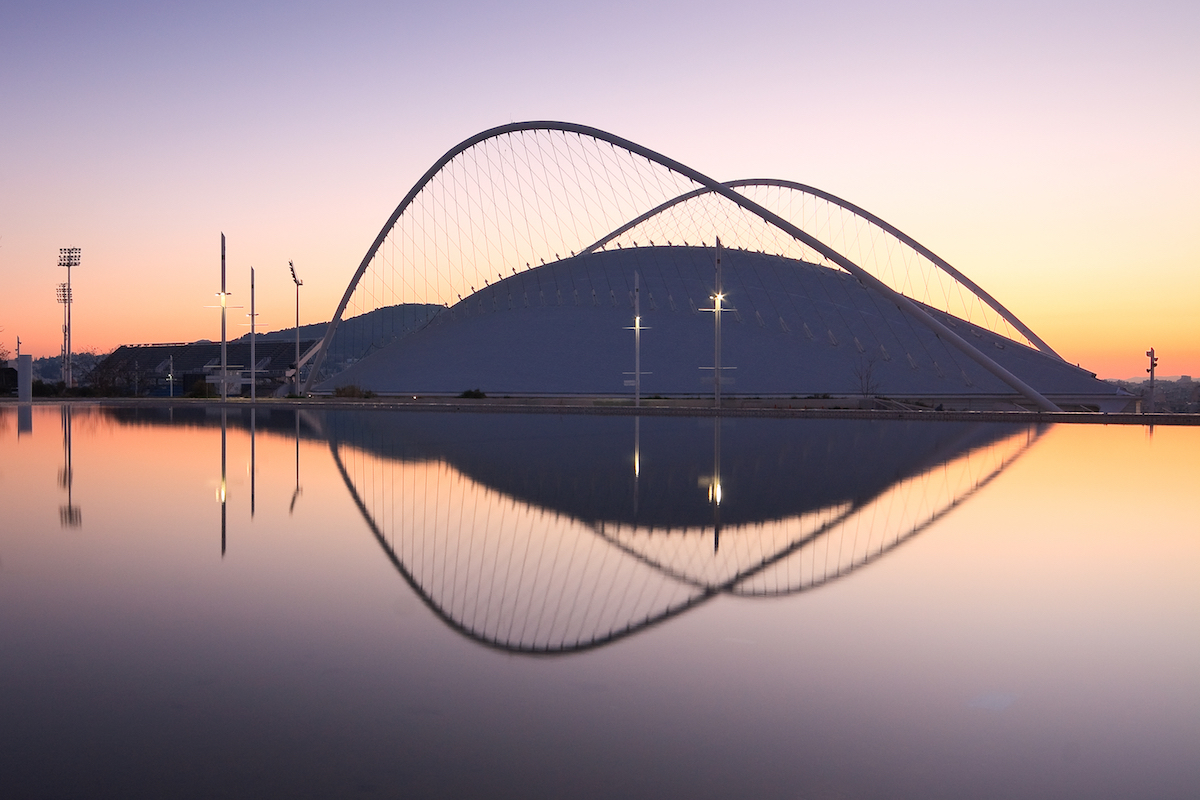
If 2020 had gone to plan we’d be two weeks away from one of the biggest one-twos in cycling: the Tour De France leading into the Tokyo Olympic games. But despite all the postponement and subsequent disappointment, cycling as a sport has never been stronger. In fact, during lockdown, the UK’s Department for Transport recorded an increase of 300 percent in the number of people cycling compared to previous figures, while virtual cycling, led by online training programmes Peleton and Zwift, has boomed.
The Izu Veledrome in Tokyo was meant to hold cycling’s Olympic centrepiece this summer, it’s 250-meter indoor cycle track the first to be built in Japan. With it’s sweeping silver dome, it also happens to be a beautiful piece of design and one that got us thinking about other striking velodromes around the world. So to inspire your inner-Froome and make up for the Izu-shaped hole in our hearts, we’ve decided to round up eight more beautiful velodromes.
Lee Valley VeloPark | Stratford, UK
Built for the London 2012 Olympics, Lee Valley VeloPark sits at the northern end of the Queen Elizabeth Olympic Park.
Shortlisted for the RIBA Stirling Prize (think the BAFTAS but for buildings) and affectionately known as ‘The Pringle’ for it’s unique curvature, the velodrome was built with energy efficiency firmly in mind. Roof-lights then reduce the need for artificial lighting, while natural ventilation reduces the need for air conditioning. Rain water is also collected from the roof, which reduces the amount of water used from the local water supply.
Saryarka Velodrome | Nur-Sultan, Kazakhstan
Taking the theme quite literally, the Saryarka Velodrome in Kazakhstan’s capital, Nur-Satan, is constructed in the shape of a racer’s helmet. With a capacity of 9,270, the arena is one of the premiere velodromes in the world and hosted the opening round of the 2012 UCI Track Cycling World Cup.
Jakarta International Velodrome | Jakarta, Indonesia
Sprawling vistas and formidable mountain trails make Indonesia an under-rated cycling destination. It also boasts a world class velodrome in it’s capital city, which was designed by the same architecture firm that made the Rod Laver Arena, the centre court at the Australian Open.
Veldrom | Berlin, Germany
Looks like a UFO, is really one of the best cycling venues in the world. Built as part of Berlin’s failed bid for the 2000 Olympic games, it has hosted numerous international cycling championships as well as several big names in the world of music. The flat, low roof stands in contrast to the domes on this list, locking the atmosphere firmly within.
Velòdrom d’Horta | Barcalona, Spain
The track cycling venue for the 1992 Summer Olympics and host of the 1984 UCI Track Cycling World Championships, the Velòdrom d’Horta was the last permanent open-air velodrome used for Olympic track cycling events, with everyone since having been built with a roof, apart from Atlanta’s temporary track.
Hong Kong Velodrome | Tseung Kwan O, Hong Kong
Housed within the beautiful, winding grounds of the Hong Kong Velodrome Park, this 250m long, 7m wide track hosted the 2017 UCI Track Cycling World Championships. From ground level the roof sprawls out into the sky like a crown, while from above the design reveals a set of grooves inspired by those on a cycling helmet.
Kyiv Cycling Track | Kiev, Ukraine
Located within Chkalov Park in Kiev, this cycle track has been recently renovated after falling into ruin. The track is 286 meters long and has different inclination angles where budding amateurs can polish off their skills.
Stade Veledrome | Marseille, France
Okay, okay, this one is only a velodrome in name these days. But when it was built in the mid-1930’s, cycling was intended to be the main event, with the track playing host to numerous Tour De France events. Football soon took over, as French football giants Olympique Marseille came to call it home and as its use for cycling became less regular.
In the 1980s, seating replaced the track which circled the stadium. But the old set-up lived on in OM fans’ memory, especially for the sloped track which acted as a slide to invade the pitch at the end of matches.



